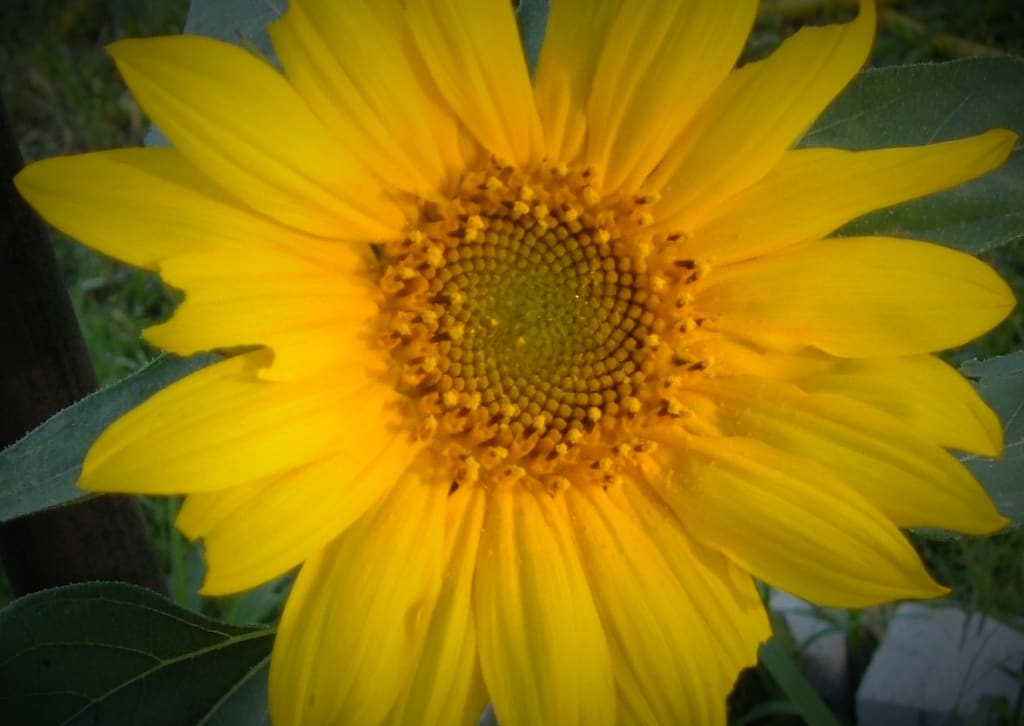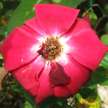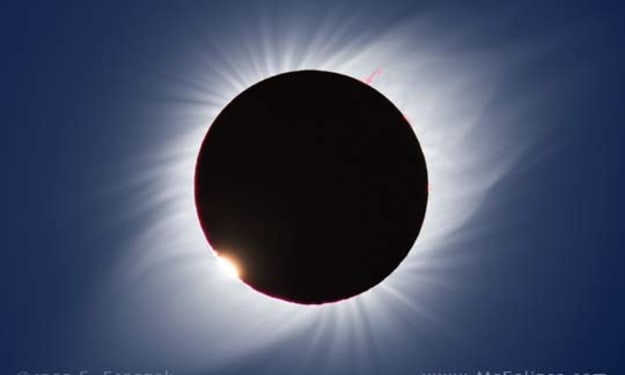
Nature is full of math. Don’t let that scare you; it doesn’t mean you have to like math to like nature. You don’t have to understand math to like nature, either. But if you like nature, and realize it’s full of math, maybe you’ll like (or understand) math a little better.
When I say you can find mathematics in nature, I mean you can see expressions of mathematical concepts throughout nature without even having to look hard. If you haven’t noticed this before, I think now that the idea’s been planted in your brain, you’ll see it for yourself.
Math is full of shapes, and shapes are probably the easiest ways to see expressions of math in nature. For example, mountains and some trees are triangular. That’s how we draw them in their simplest form, because that’s their basic shape.

Here’s an example in this picture of the Grand Canyon, where you can see several triangular-shaped mountains. Have you ever thought of that before? The shape is always there, but unless you think to look for it, you just see a mountain. At least I used to.
Circles in nature are around us everywhere, and you probably don’t even have to think very hard to think of an example. But if I hadn’t brought it up, how easy would it be for you to come up with examples of circles in nature, and how many could you think of?
Many stones or rocks are circular. So is an acorn cup, and many flowers. The sun is a circle. The moon is a circle, at least some of the time; at other times it can be a semicircle, or a crescent.

In this photo, there’s a circle and a crescent.
Spirals are another shape that is easily found and recognized in nature. Shells have spirals, as do some flowers about to bloom, and tendrils (as seen in the photos below).


Another shape that's an expression of math in nautre is a honeycomb. Honeycombs are wonderful examples of a hexagon, which is a six-sided shape. So are wasp nests. While not the greatest picture of the bottom of a wasp nest, you can see the hexagons in this photo of wasps building a nest that I took outside my front door.

There are other geometric or mathematical concepts in nature that are not as easy to spot as the basic shapes listed above. In reality, though, they are not that different from the basic shapes, because as we know, basic shapes are the building blocks of more complex designs.
For example, a basic circle like the sun or moon becomes concentric circles, as shown in this photo of ripples in water. These particular ripples were created by a rain drop falling into a puddle.


This tree stump itself is round, and it also features concentric circles.
Fractals are everywhere, and especially in nature. In case, like me, you’re not a mathematical genius—or even all that mathematically savvy—here’s the definition of a fractal, courtesy of Merriam-Webster:
any of various extremely irregular curves or shapes for which any suitably chosen part is similar in shape to a given larger or smaller part when magnified or reduced to the same size.
If you read that definition slowly enough it makes sense. At least it did for me.
Ferns, like the one pictured below, are an excellent example of a fractal. Other fractals are some leaves, an aloe vera plant, bubbles, rivers, and pine cones. Or a dandelion.


Without getting too bogged down in mathematical concepts or scientific complexity, or waxing too poetic, I’ll state the obvious and say that nothing in nature is just one thing. Every living thing is composed of many different parts, and can be seen in many different ways.
For that reason, it’s time to say, for instance, that pine cones don’t just display fractals, they also display the Fibonacci Sequence. In its very most basic definition, the Fibonacci Sequence is a series of numbers where each number is the sum of the two previous numbers. It goes like this:
0, 1, 1, 2, 3, 5, 8, 13, 21….
When plotted, these numbers form a spiral, also called a logarithmic spiral (and that’s as technical as it’s going to get, because I don’t understand it much more than this myself), and it’s that spiral that you find in nature.
Great examples of the Fibonacci Sequence, or logarithmic spiral, in nature are a nautilus shell, pine cones, and sunflowers. Look at the design on the bottom of the pine cone pictured below. See the spiral? Do you see it in the photo of the sunflower at the top of this article?

There are all other kinds of shapes and mathematical concepts in nature, and you don’t have be a math whiz to find them. All you have to do is look.
In reality, you don’t need to understand the math to appreciate the beauty of nature. But knowing it’s there can make looking for it and finding it fun, and add a little to the experience of being in nature.
So, the next time you’re out in nature, take a look around and see if anything you see reminds you of math class. (There won’t be a test.)
About the Creator
Tricia H
Dog mom, Texan, amateur photographer,crafter, reader, writer.






Comments
There are no comments for this story
Be the first to respond and start the conversation.